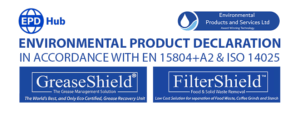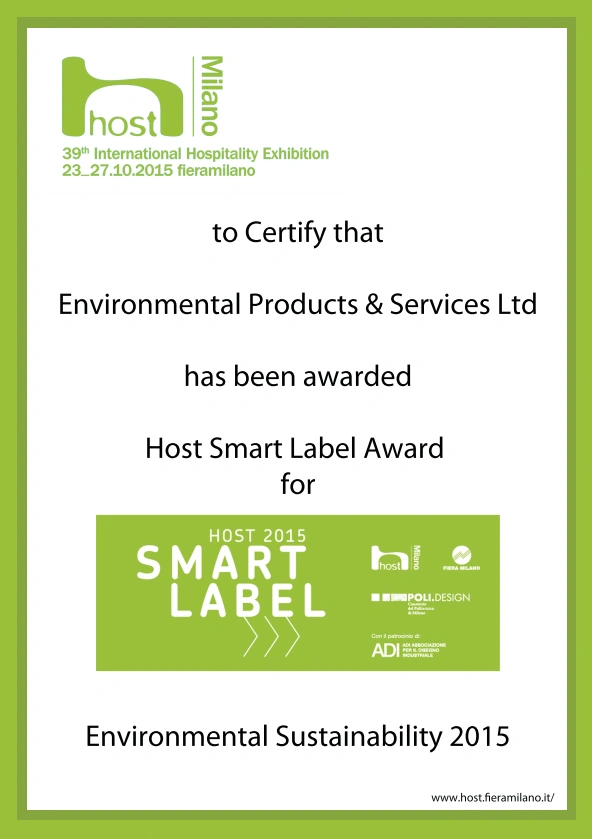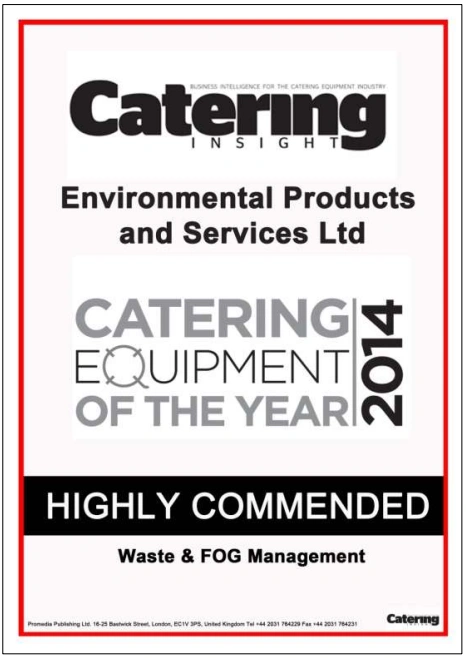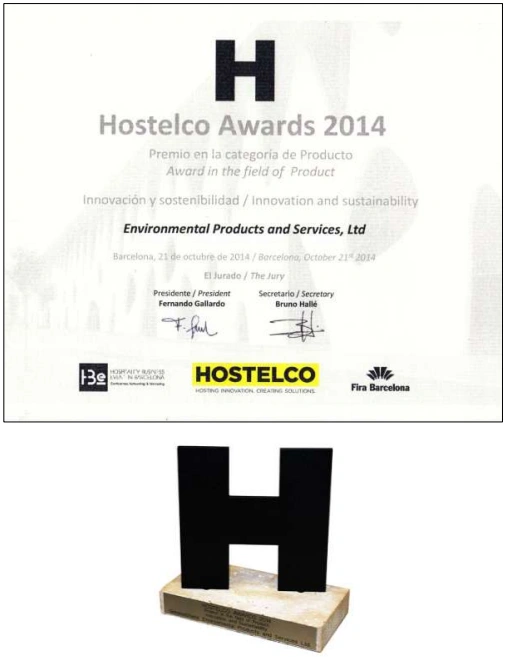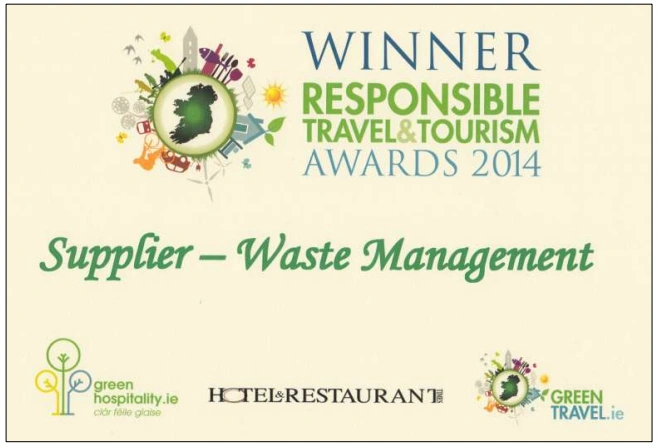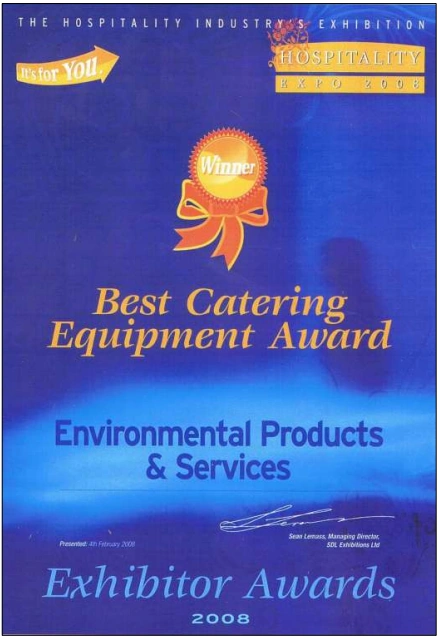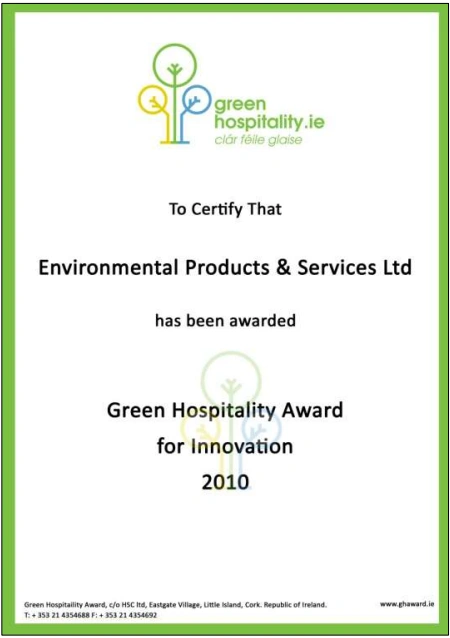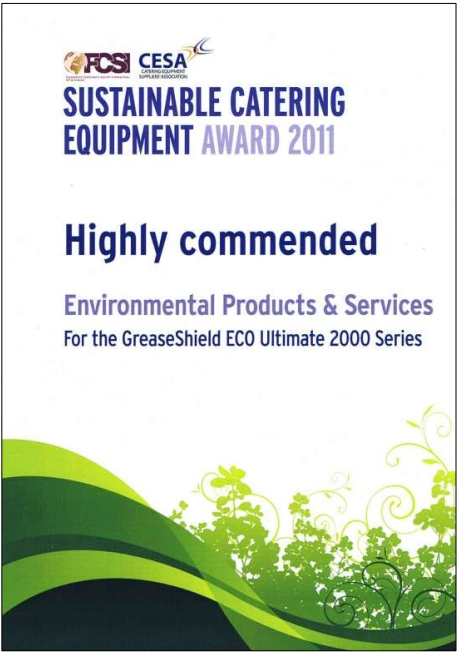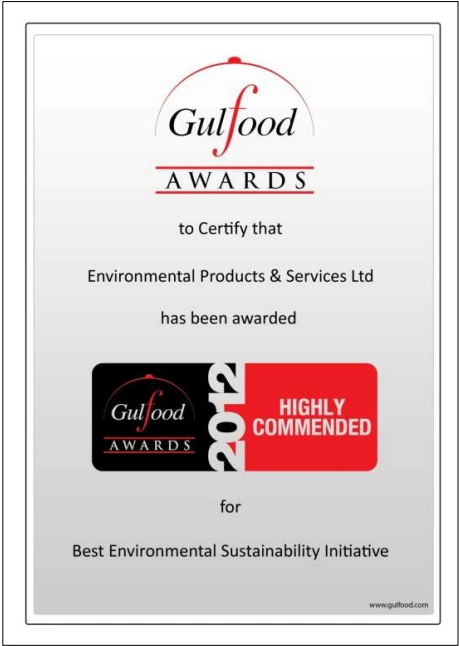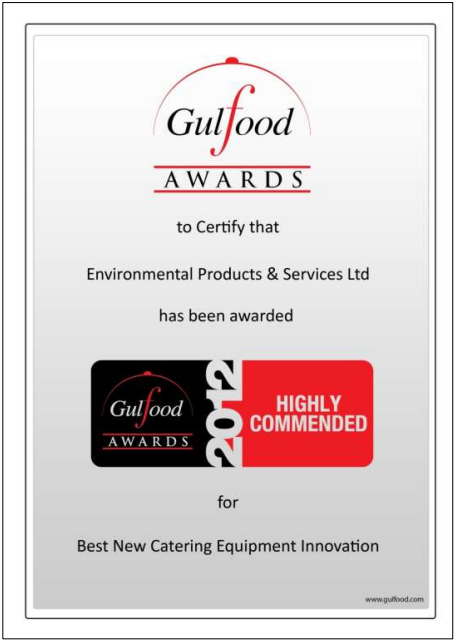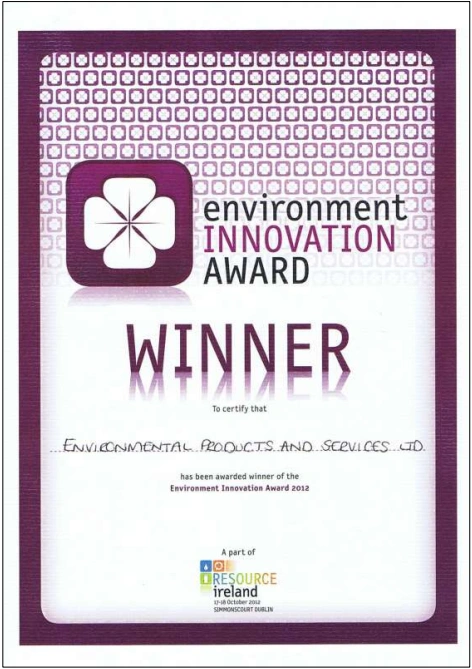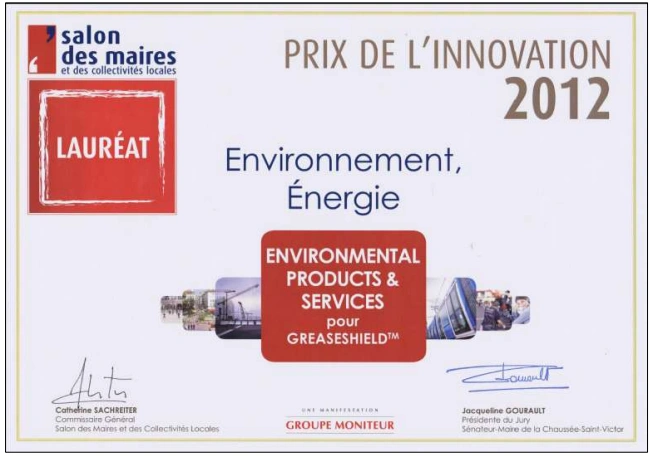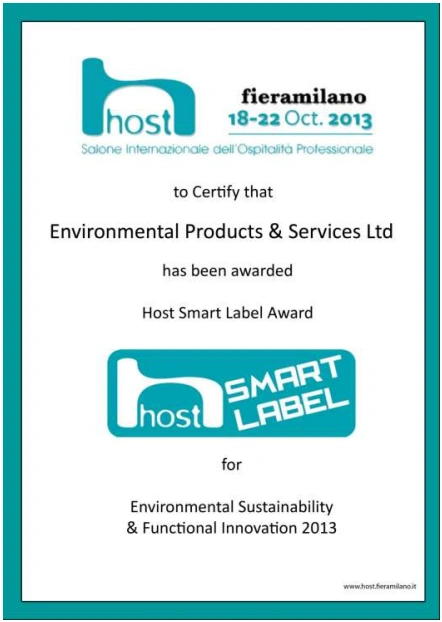In cities like Sydney, massive, grotesque formations known as fatbergs are silently wreaking havoc beneath our streets. These monstrous accumulations of fats, oils, grease (FOG), and non-biodegradable materials like wet wipes are clogging sewer systems, causing costly blockages and environmental damage. From Sydney’s sewers to the bustling streets of London, where fatbergs have grown to the size of 11 buses, this global issue is a pressing concern for both cities and businesses alike.
What Exactly is a Fatberg?
A fatberg forms when FOG—such as cooking oils and grease—are washed down the drain and solidify upon cooling. These fats then combine with wet wipes, sanitary products, and other non-flushable items, creating hard, slimy masses that clog sewer lines. Unlike toilet paper, which breaks down quickly in water, wet wipes remain intact as they journey through the sewer system, picking up excrement and binding into compact, dark nuggets. This combination of grease and non-biodegradable materials forms fatbergs that can block entire sections of a city’s sewer system.
The Environmental and Financial Impact of Fatbergs
Fatbergs don’t just cause headaches for sewer workers who spend hours hacking away at these formations; they also have significant environmental and financial repercussions:
- Sewer Blockages: Fatbergs cause massive blockages in sewer systems, leading to overflow incidents that spill untreated wastewater into streets, rivers, and even homes. These blockages are expensive to clear, costing cities millions of dollars in repairs and maintenance.
- Waterway Contamination: Fatbergs disrupt wastewater treatment processes, leading to potential contamination of natural water bodies. This threatens aquatic ecosystems and poses public health risks.
- Increased Operational Costs: In Sydney, for example, workers at the Malabar wastewater treatment plant spend countless hours removing these obstructions, leading to increased operational costs. In London, a fatberg discovered in 2017 cost the city over $1 million to remove.
The Role of Wet Wipes in the Problem
One of the major contributors to fatberg formation is the widespread use of wet wipes. Despite being labeled “flushable” by some manufacturers, these wipes do not break down like toilet paper. Instead, they remain intact and combine with grease to form blockages. In June, the Australian Competition and Consumer Commission (ACCC), backed by Sydney Water, sued Kleenex in an effort to stop them from marketing their wet wipes as flushable. Although the court ruled in favor of Kleenex, the cities around the world are appealing the decision as they grapple with the effects of non-biodegradable materials in their sewers.
How Businesses Can Help Combat Fatbergs
Businesses, especially those in the hospitality and foodservice industries, play a critical role in preventing fatbergs. By properly managing their FOG disposal and educating staff on the dangers of flushing non-biodegradable materials, they can significantly reduce the risk of sewer blockages.
Grease traps are an effective solution to capture fats, oils, and grease before they enter the sewer system. By installing and maintaining grease traps, restaurants, hotels, and other commercial kitchens can contain and dispose of FOG properly, preventing fatbergs from forming.
Fatbergs are a growing environmental and financial burden on cities worldwide, but with proper waste management and FOG control, businesses can help mitigate the problem. Investing in FOG management systems like grease traps is a simple yet effective way to prevent fatbergs and contribute to a cleaner, safer sewer system.
Explore Our FOG Management Solutions
Are you ready to protect your business and your local environment? Explore our range of grease traps and FOG management solutions designed to keep your kitchen efficient and compliant with environmental regulations.






